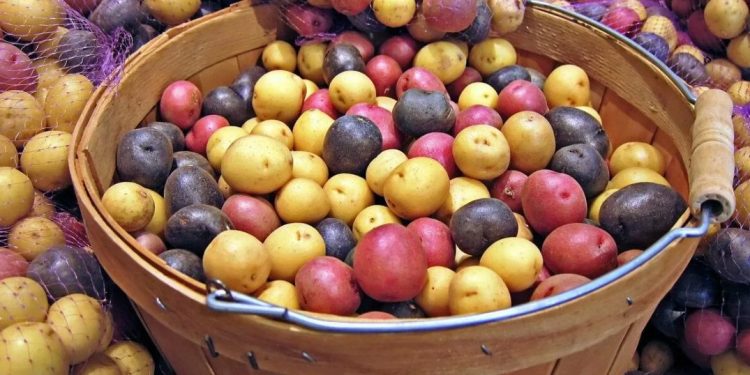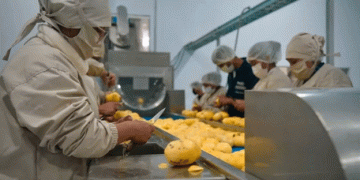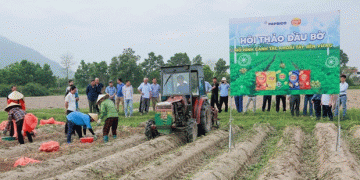#potatofarming #agriculture #cropdiversification #sustainableagriculture #consumertrends #mediacoverage
Potatoes are a staple crop for many farmers, and their success can greatly impact the success of their operations. In recent years, there has been a shift in public perception of potatoes, with more positive media coverage and consumer sentiment. This article will explore the latest data and trends in potato farming and what they mean for the future of the industry.
According to a recent report from the USDA, potato production in the United States has increased steadily over the past five years. In 2021, farmers planted over 1.2 million acres of potatoes, with a total production of 442 million cwt (hundredweight). This represents a 5% increase in acreage and a 3% increase in production from 2020.
In addition to increased production, there has also been a shift in consumer attitudes towards potatoes. A recent survey conducted by the International Potato Center found that 75% of consumers in the United States and Canada view potatoes as a healthy food. Additionally, there has been a rise in popularity of alternative potato products, such as sweet potato fries and purple potatoes, which offer new opportunities for farmers to diversify their crops and meet changing consumer demands.
The media has also played a role in shifting public perception of potatoes. There has been a notable increase in positive media coverage of potatoes in recent years. This includes coverage of the health benefits of potatoes, as well as stories about innovative potato farming practices and sustainable agriculture.
The future of potato farming is looking bright. With increasing production, shifting consumer attitudes, and positive media coverage, farmers have reason to be optimistic about the profitability and sustainability of their potato crops.






